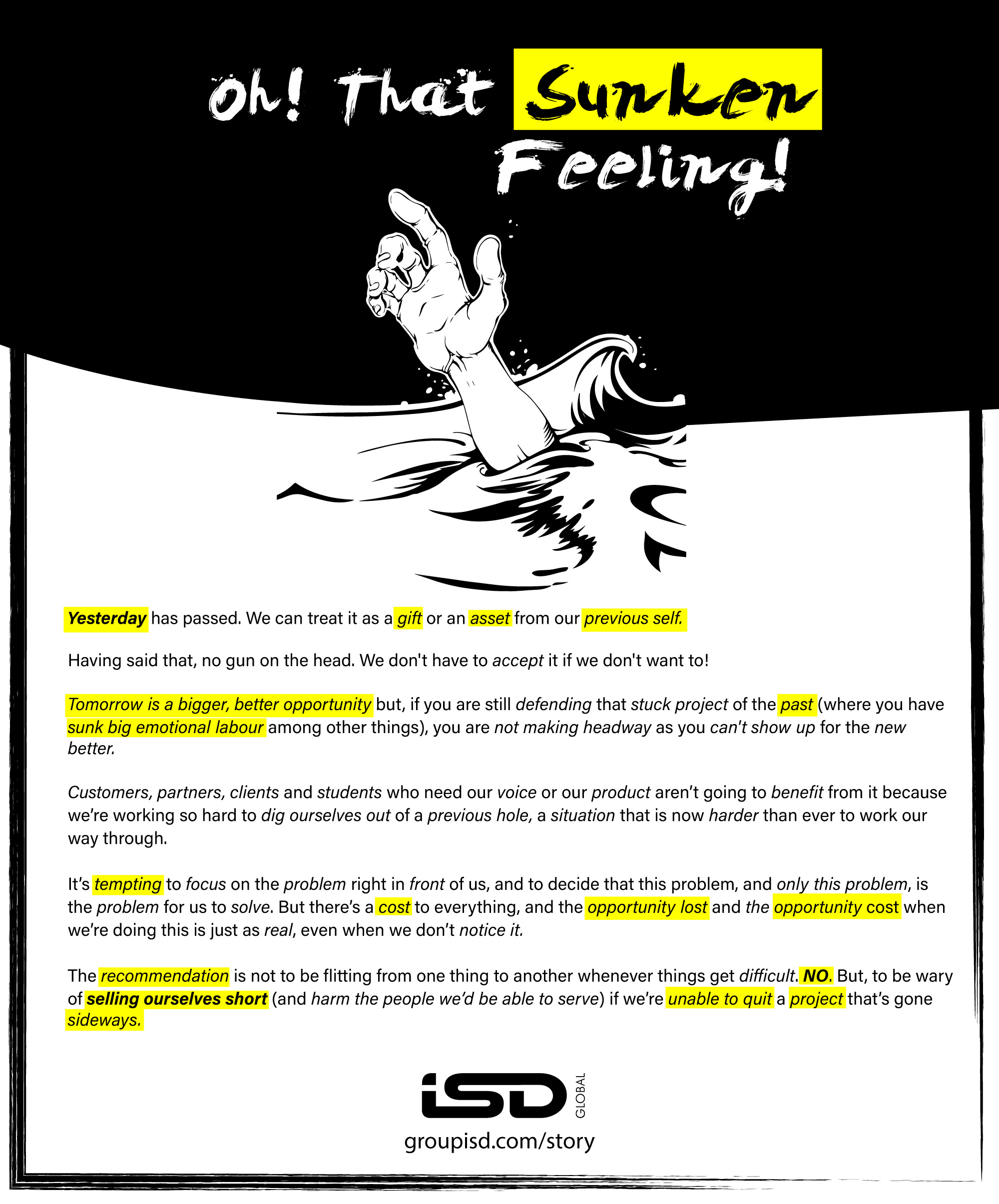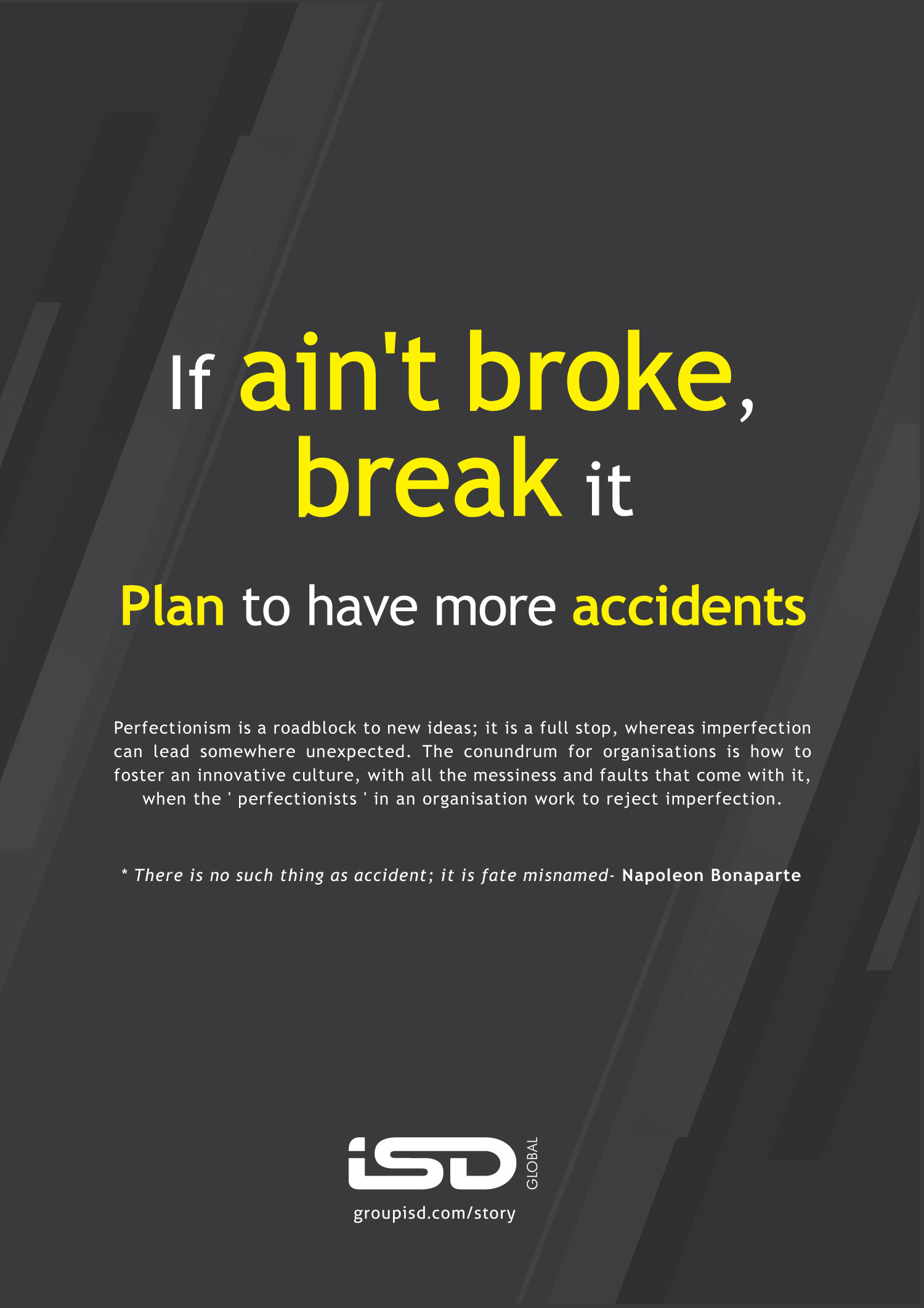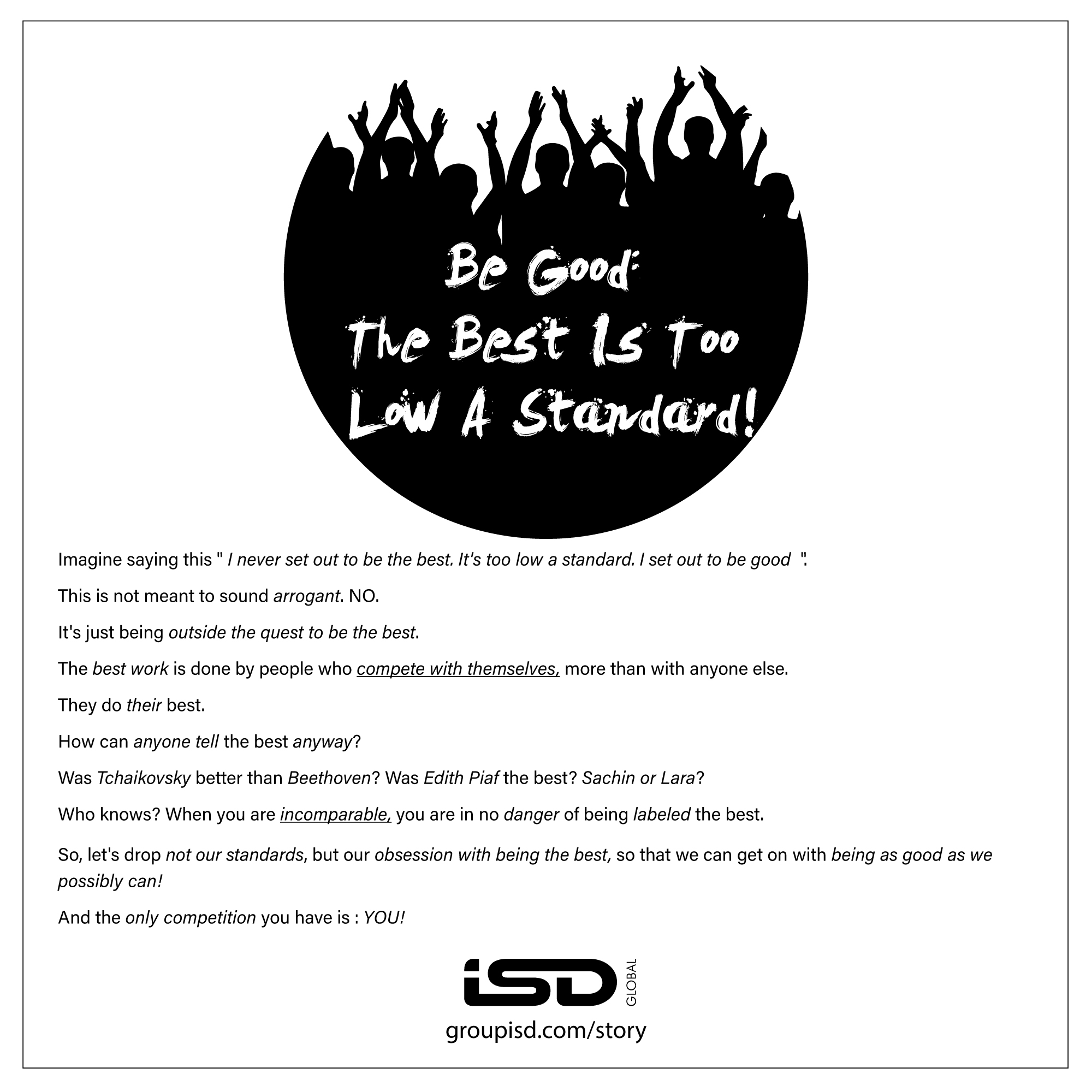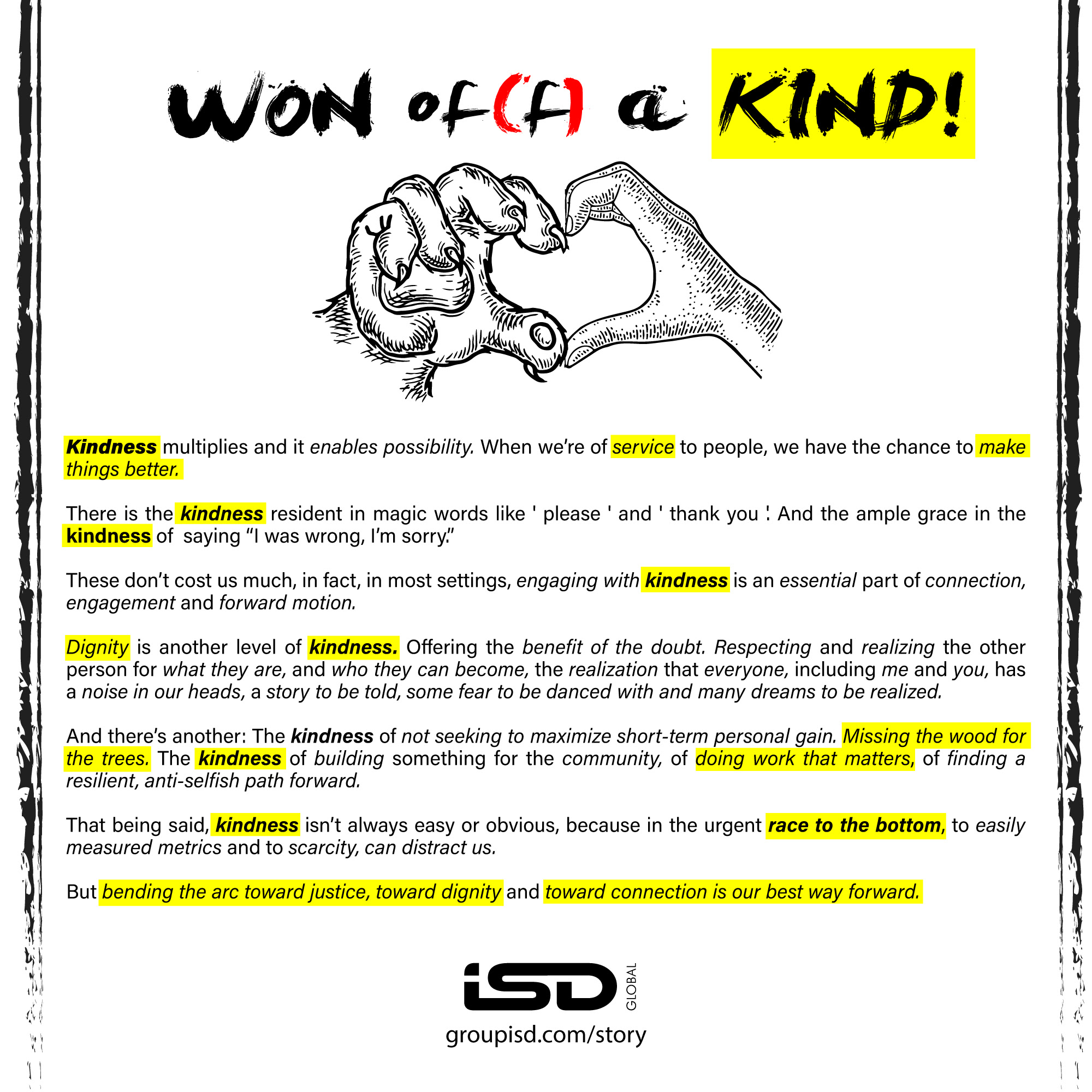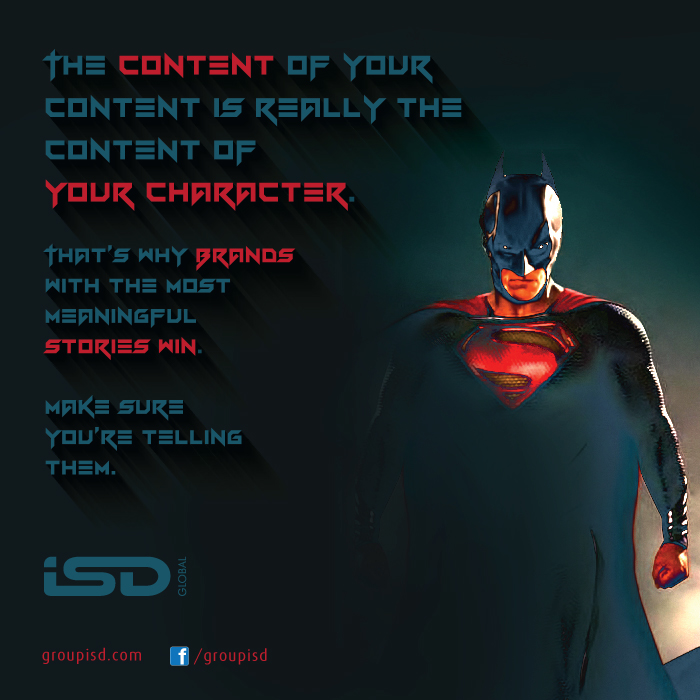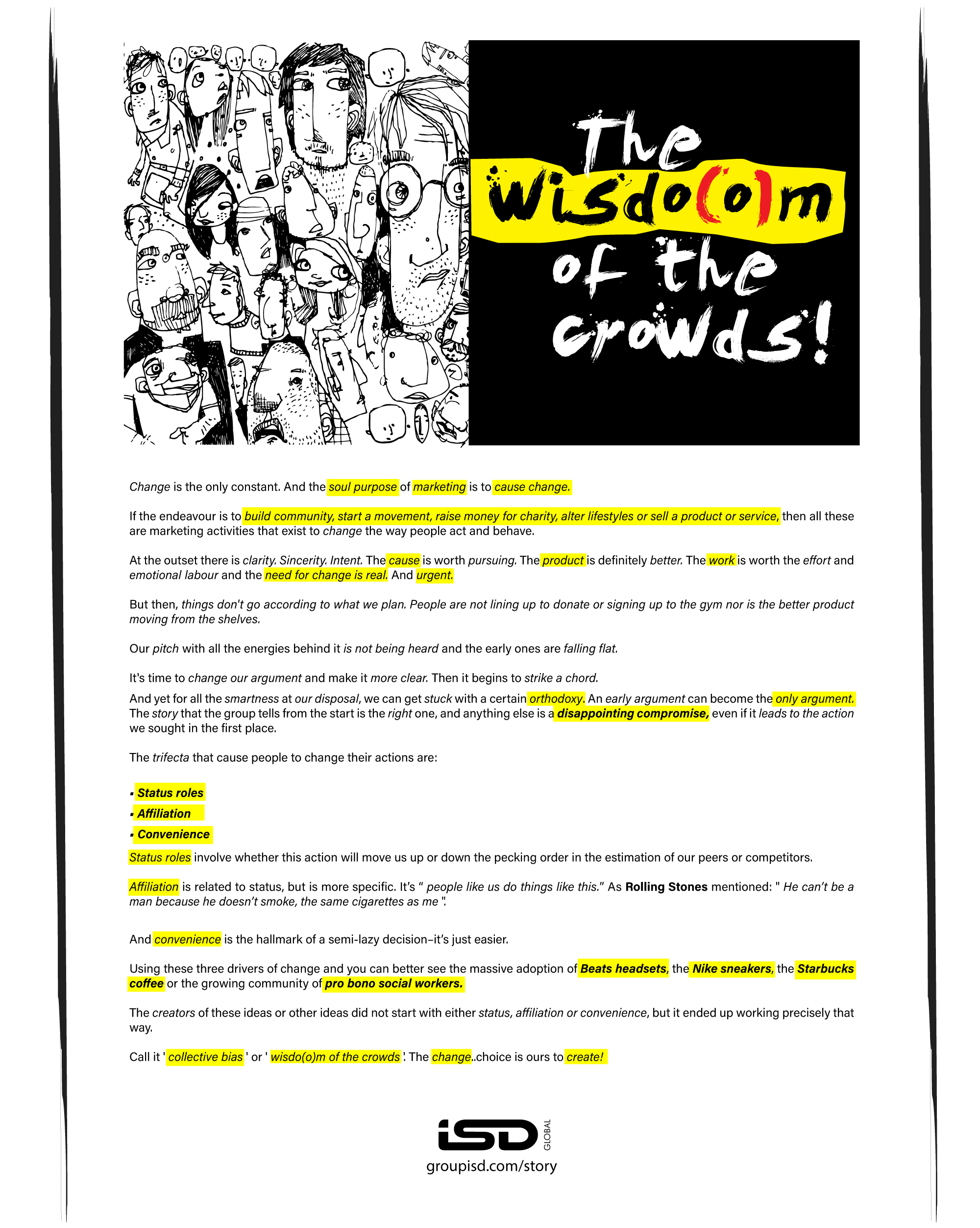They stood in line for 36 hours to buy the first iPhone. They’ve eaten lab-grown meat while the cells were practically still dividing. Their houses are so smart they’re probably plotting world domination. While you were carefully reading reviews and waiting for prices to drop, they already unboxed, tested, broke, defended, and sometimes regretted spending $3,500 on goggles that make them look like they’re cosplaying as futuristic ski instructors. Early adopters – tech’s most passionate gamblers – don’t just purchase products; they buy lottery tickets to the future with their name boldly scribbled on them. They’re either visionaries or suckers, depending entirely on whether their bet pays off. And frankly, society needs them more than they need that 14th smart speaker.
The Psychological Strip-Tease of “I’ll Go First”– What makes someone drop a month’s rent on the first generation of unproven technology? The same brain wiring that made some ancient human think, “I’ll be the first to milk that large angry animal” while their more sensible friends watched from a safe distance. Early adopters mainline novelty like it’s pharmaceutical-grade dopamine – because neurologically speaking, it basically is. Studies show the brain’s reward center lights up like Times Square on New Year’s Eve when experiencing something new. Combine that with the social currency of being the tribal tech shaman (“Let me show you how this works”) and you’ve created the perfect neurological storm.
Dr. Everett Rogers, who literally wrote the seminal book on innovation diffusion, classified early adopters as the second-fastest group to embrace new technologies after “innovators” (the truly unhinged ones who beta test software that’s basically held together with digital duct tape). Early adopters represent about 13.5% of the population – enough to be significant but rare enough to feel special.
What can we learn here? Your appetite for technological risk correlates directly with your brain’s hunger for novelty and status. If you’re always first in line, you’re not just buying products – you’re feeding a neurological need.
The Glory and Spectacular Face-Plants of Being First– For every early Bitcoin investor now shopping for private islands, there’s a Segway early adopter who spent $5,000 to become a mall cop punchline. The early adoption graveyard is filled with expensive epitaphs of technological hubris.Remember Google Glass? Early adopters paid $1,500 for the privilege of being called “Glassholes” and getting kicked out of bars over privacy concerns. Those revolutionary face computers now gather dust in drawers – expensive reminders that not all innovations are ready for prime time, and sometimes society rejects the future you thought you were clever enough to see coming. Or consider the brave souls who went all-in on HD-DVD instead of Blu-ray. That $800 player and library of discs became obsolete faster than milk left in the Sahara. Their technological foresight aged about as well as those “Myspace Forever” tattoos. NFT early adopters experienced perhaps the most whiplash-inducing rise and fall in recent memory. One minute they were smugly explaining why a $250,000 JPEG of a bored ape was the future of art ownership; the next, they were quietly changing their profile pictures back to human faces while their digital investments cratered to prices that wouldn’t cover a decent dinner.
The prognosis here being: Being first means accepting that sometimes you’re blazing trails and sometimes you’re just setting your money on fire. The difference often only becomes clear in retrospect.
Society’s Mandatory Lab Rats – The Brutal Economics– Let’s get brutally honest: early adopters pay a “stupidity tax” that subsidizes innovation for the rest of us. They’re the economic shock absorbers of capitalism’s bleeding edge. The first LED TVs in India cost upwards of ₹2 lakh and had viewing angles narrower than a Delhi lane. They were purchased by early adopters who essentially funded the R&D that lets you buy superior technology today for the price of a weekend in Goa. When was the last time you thanked them for their service? The first smartphone users in India paid ₹35,000+ for devices with battery life shorter than a politician’s promise. Remember when owning a BlackBerry was a status symbol? Those early adopters essentially paid premium prices to be RIM’s external QA department, identifying flaws that would be fixed in later generations (though not quickly enough to save the company). This isn’t just about gadgets. Early adopters of food delivery apps like Swiggy and Zomato endured cold food, bizarre delivery times, and menu items that bore little resemblance to what arrived. They paid full price for 60-minute deliveries that now take 20 minutes, effectively subsidizing the logistics optimization for today’s users. The first wave of digital payment users through Paytm and PhonePe dealt with app crashes, failed transactions, and skeptical shopkeepers so you could eventually seamlessly pay your sabziwala with a quick scan.
The takeaway here is: The early adoption tax is real and quantifiable. Calculate your tolerance by asking: “How much am I willing to overpay for the privilege of experiencing this first, knowing it will be cheaper and better before my EMI payments end?”
The Corporate Love-Hate-Exploit Relationship– Companies fetishize early adopters in their marketing while privately viewing them as beautiful, narcissistic cash cows to be milked for feedback and evangelical fervor.Early adopters of brands like OnePlus expected to be treated like the technological aristocracy they believed themselves to be. They demanded direct access to founders through those infamous invite systems, VIP support, and the right to complain publicly when their exalted status wasn’t properly acknowledged. When OnePlus eventually opened sales to everyone, these early adopters acted like Carl Pei had personally betrayed their secret club. This entitlement isn’t entirely unwarranted. Early adopters are unpaid members of product development and marketing teams. The first users of Indian startups like BigBasket identified catastrophic bugs, created tutorials, convinced friends to join platforms, and defended brand choices with religious zeal. The first CRED users weren’t just customers; they were unpaid evangelists explaining “Paying credit card bills can earn rewards!” to confused relatives. Indian companies have perfected this exploitation through “exclusive” beta access (remember when Clubhouse was invite-only?), founder AMAs on Reddit, and meaningless “pioneer” status designations that cost nothing but feed the early adopter’s desperate need to feel special. The “founding member” badges on Indian platforms like CoinSwitch Kuber gave early cryptocurrency adopters an illusion of insider status while they performed free marketing.
What can we takeaway from the above? If you’re an early adopter, calculate the true cost of your purchase by adding the hours you’ll spend troubleshooting, explaining, defending, and evangelizing. Companies like Urban Company and Dunzo counted on their early users providing free feedback and promotion – make sure you’re being compensated with enough status or satisfaction to make it worthwhile.
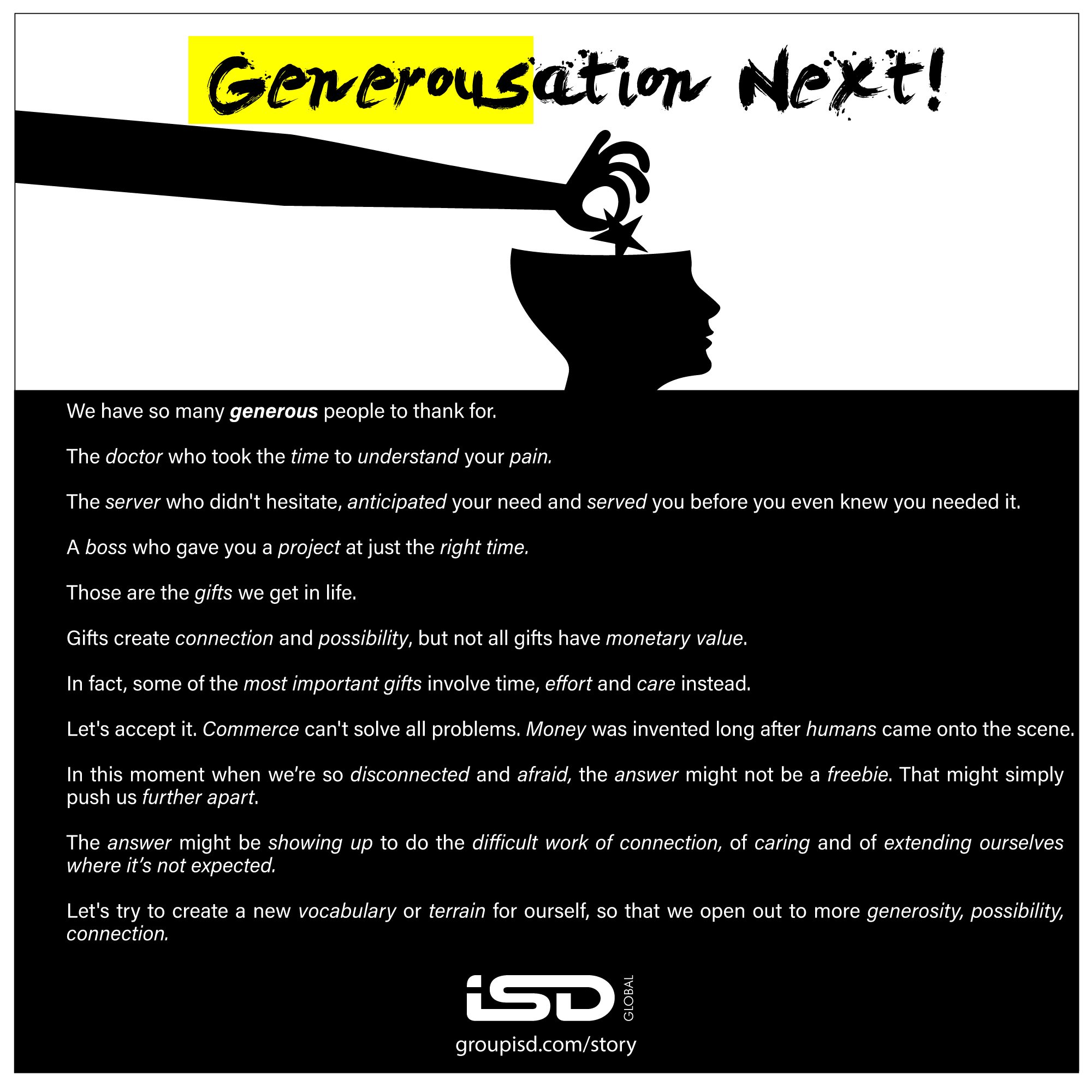
Shaping the Future- Early adopters don’t just consume technology; they co-create it. Their feedback is gold dust for companies fine-tuning the next big thing. They’re not just customers—they’re collaborators. When Apple removed the headphone jack, early adopters moaned, groaned, and then bought Bluetooth earbuds, forcing the world to follow suit. Resistance was futile.
The Thrill (and Chill) of Being First– Being an early adopter is like dating a mysterious stranger. Exciting? Hell yes. Risky? Oh, absolutely. You might be the first to experience the magic… or the meltdown. From the first humans who bit into unknown berries (some became foodies, others… well, didn’t), to those who pre-ordered Tesla’s Cybertruck before realizing it might have the aerodynamics of a refrigerator, early adopters have always been society’s guinea pigs. The world loves its pioneers. They make us look ahead. They test-drive the future. And when they win, they look like visionaries. When they lose? Well, they make excellent cautionary tales.
The Ugly: When Early Adoption Goes Horribly Wrong:-
–Investors Who Bet on the Wrong Horse: SoftBank’s WeWork fiasco. Blackberry refusing to ditch its keyboard. Kodak laughing at digital cameras. OYO’s meteoric rise followed by a crash diet.
– Tech That Flopped Big Time: Meta’s VR headset dreams, Google’s graveyard of failed products, and India’s short-lived Clubhouse obsession—some things are ahead of their time… or just bad ideas.
–Social Experiments Gone Wrong: Ever tried paying at a Bangalore café with Dogecoin? If you did, congrats, you were an early adopter. Also, you probably walked out hungry.
The Shakeup Call-So where does this leave us? Should we all become more willing early adopters, or should we double down on letting others test the waters first? The truth lies somewhere in between. Society needs its early adopters – those willing to take risks, provide feedback, and fund the early, expensive stages of innovation. Without them, progress would slow to a crawl, and many world-changing technologies might never reach the mainstream.
But we also need the skeptics and late adopters who ask hard questions about necessity, privacy, sustainability, and unintended consequences. The push and pull between these groups creates the tension that leads to better, more refined technologies and services.
Perhaps the wisest approach is selective early adoption. Be an early adopter in areas where you have genuine passion and expertise, where you can contribute meaningfully to development through feedback. Be a late adopter in areas where the stakes are high, the benefits unclear, or where waiting costs you little but saves you much.
The next time you mock someone for standing in line for the latest gadget or roll your eyes at a friend’s enthusiasm for some new platform, remember: their willingness to go first, make mistakes, and yes, sometimes waste money, is what pushes humanity forward. They’re the people who make the future less scary for the rest of us.
And if you’re an early adopter yourself? Wear those occasional technological mishaps as badges of honor. Without your curiosity and courage, we’d still be arguing about whether this “internet” thing is just a passing fad.
Thank you. Better early than never!

